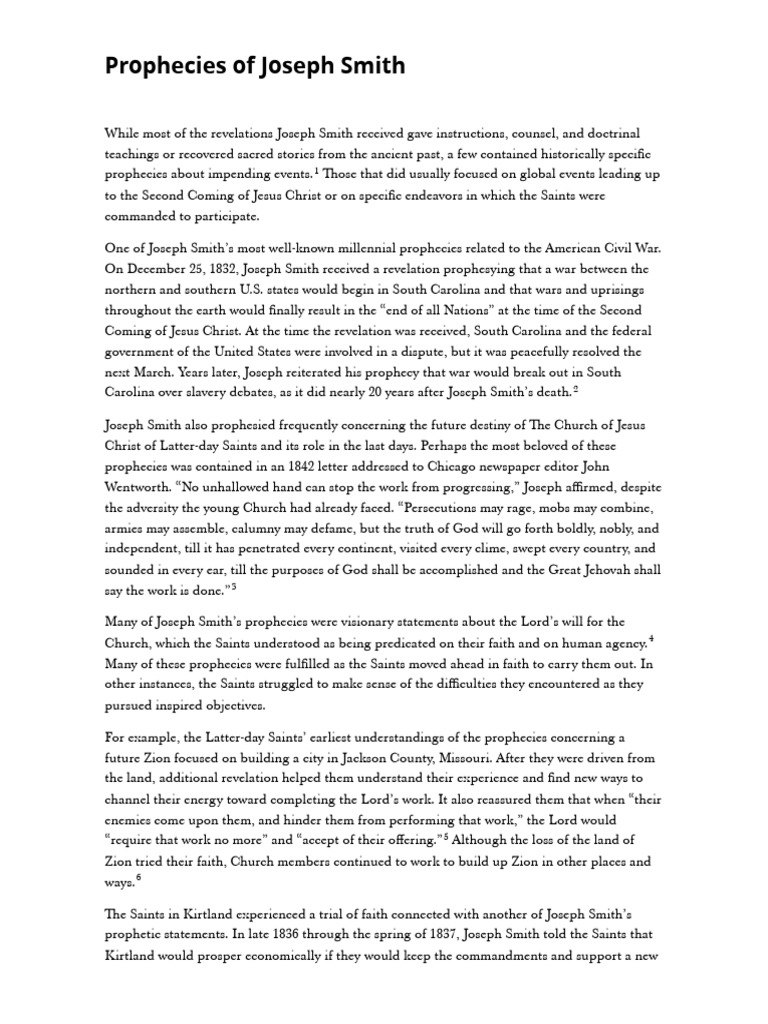The Bahá’í Faith, with its rich tapestry of spiritual insights and progressive teachings, invites adherents and seekers alike to ponder profound themes encapsulated within its doctrines. One of the most mesmerizing narratives within this faith tradition is the return of Joseph, a prophetic motif that resonates with the definitions of both personal and collective redemption. This article endeavors to explore the manifold dimensions of this prophecy, elucidating its significance and the intriguing metaphors that give it unique appeal.
At its core, the tale of the return of Joseph serves as an embodiment of hope, encapsulating a spiritual renaissance that transcends temporal confines. The narrative arcs from the story of Joseph in the Old Testament—a figure marked by trial, tribulation, and eventual ascendance to power—symbolize dramatic themes of betrayal, jealousy, and ultimate reconciliation. Within the Bahá’í context, this character emerges not merely as a historical figure, but rather as a metaphorical conduit for divine wisdom and guidance.
In Bahá’í teachings, the return of Joseph symbolizes the re-emergence of divine leaders in a new age. Importantly, this return diverges from conventional prophecies that often envision messianic figures appearing in grandiose manners. Instead, Bahá’í scriptures advocate for a more subtle, yet equally impactful appearance of divine manifestations in the form of the prophets and reformers of each era. Joseph’s return thus serves as an allegorical reminder that divine intervention may transpire in the most unassuming of circumstances.
This notion is profoundly enriched by the concept of metaphoric multiplicity. Joseph is not merely an individual; he represents the archetype of all divine teachers who come to illuminate humanity’s path toward unity and understanding. Each pivotal religious figure—Buddha, Jesus, Muhammad, and most recently, Bahá’u’lláh—can be paralleled with Joseph’s trajectory of hardship and triumph. Such juxtaposition reveals the universality of the struggle and the shared quest for spiritual enlightenment, forging a linchpin among the diverse faith traditions worldwide.
Delving deeper, one recognizes how the return of Joseph encapsulates the Bahá’í vision of a future characterized by unity and peace. The Bahá’í Faith teaches that humanity is at the precipice of a new age—one necessitating the dissolution of outdated paradigms of division and enmity. The prophetic return signifies not only the arrival of new spiritual insights but also the fundamental shift toward a recognized oneness of humanity. Just as Joseph ultimately reconciles with his brothers, the historical and cultural divides that fracture global society can be healed through understanding and cooperation.
In a compelling extension of this narrative, one must consider the role of personal transformation within the framework of Joseph’s return. This doctrine posits that each individual bears the potential to become a locus of divine inspiration and moral fortitude. The metaphor of spiritual rebirth is pivotal here; adherents are called to reflect on their inherent capacity to embrace love, justice, and compassion. In this sense, the return of Joseph is not solely a prophetic anticipation but a clarion call to action—the directive for individuals to transcend their limitations and awaken their inner capacities for leadership and service.
Moreover, the return of Joseph suggests an intricate interplay between history and eschatology, provoking questions about the cyclical nature of time and humanity’s spiritual evolution. In Bahá’í teachings, divine messages are seen as progressive revelations, each building upon and enriching the last. The narrative evokes a sense of cosmic purpose—a grand design wherein each prophet’s mission aligns towards culminating in the unity of civilization. The return of Joseph becomes emblematic of a historical continuum, connecting past revelations with future potentialities.
This progression, as articulated within the Bahá’í scripture, beckons humanity to foster a new paradigm of thought—one where the legacy of each prophet is honored through collaborative efforts to build a just society. The metaphor highlights that, much like Joseph’s rise to prominence after extensive hardships, humanity too can navigate its tribulations to achieve an era of profound enlightenment characterized by mutual respect and cooperation.
Furthermore, the return of Joseph signifies the unveiling of spiritual realities obscured by prejudice and ignorance. In a world rife with conflict, the stark wisdom offered by Bahá’í teachings illuminates pathways out of discord. The narrative’s inherent appeal lies in its capacity to inspire collective action that transcends cultural boundaries and invites individuals into a shared mission of fostering global peace. It challenges the boundaries of sectarianism by promoting the intrinsic oneness that underlies diversity.
Finally, the understanding of the return of Joseph intricately weaves itself into the fabric of contemporary spiritual consciousness, galvanizing a heralding of a new dawn for humanity. It serves as a reminder that divine guidance is neither ephemeral nor guaranteed; rather, it is a living reality that demands active engagement. Adherents are thus encouraged to step into the role of co-creators, empowered by the teachings and exemplifications of divine figures like Joseph, and, ultimately, to invoke their transformative potential in kindling a flame of unity and love across the terrestrial expanse.
In conclusion, the Bahá’í prophecy of the return of Joseph encapsulates profound themes of redemption, identity, and transformation. It serves as a call to action, inviting individuals to embrace their roles in the ongoing spiritual journey of humanity and to navigate the complexities of existence with love and understanding. As one contemplates these teachings, an exquisite tapestry of hope, unity, and divine purpose unfurls—a testament to the enduring relevance of prophetic narratives in our shared quest for enlightenment and peace.
